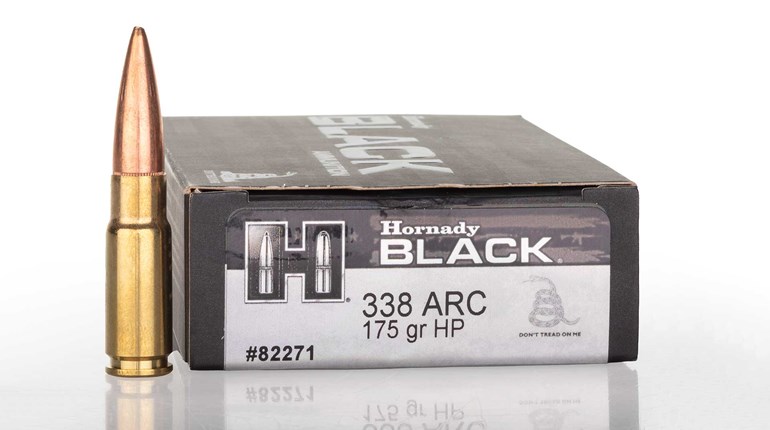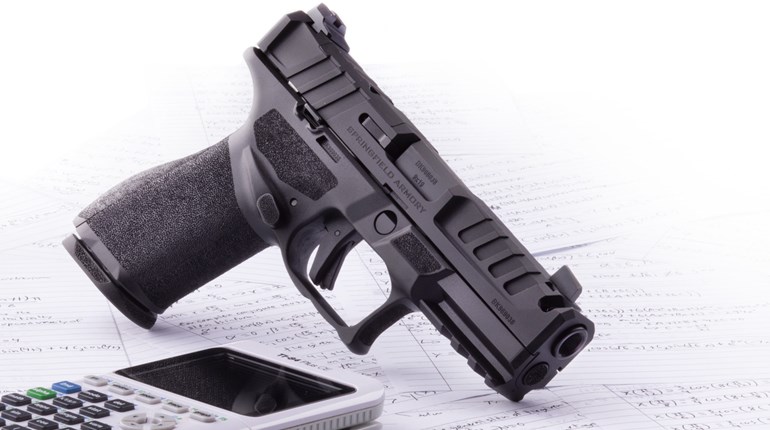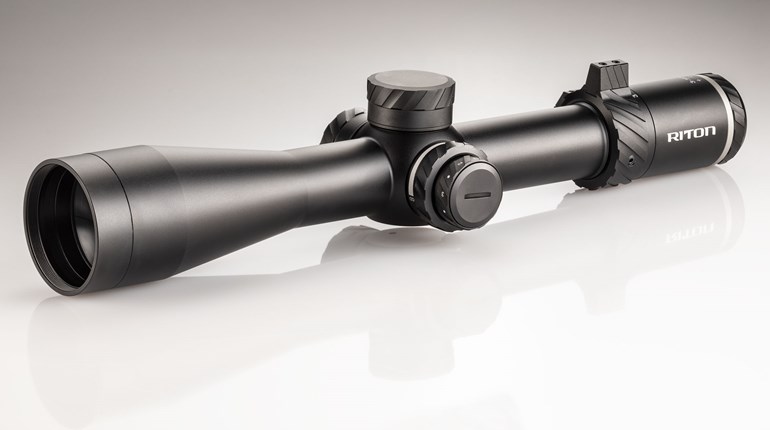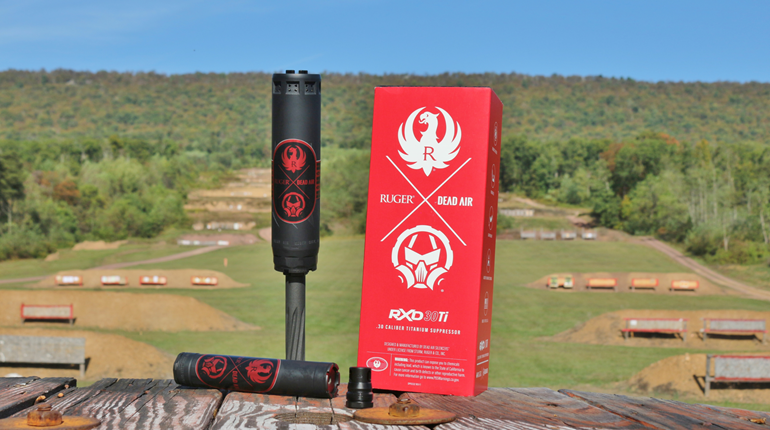
Many believe that becoming an instructor marks the end of being a student, but the opposite is true. Teaching brings me back to fundamentals I might not otherwise have thought about for decades, particularly aspects of shooting that have inadvertently crept their way into muscle memory.
For example, when I first started teaching, I was surprised by how many students didn’t notice by sight or feel that their gun was in slide-lock. This is of critical importance—if you aren’t aware that you’ve run dry, you could be wasting time pointing an empty pistol at an assailant when you ought to be reloading or reaching for an alternate tool. Therefore, I have developed this straightforward routine that can help solidify immediate identification of the empty condition and train reacting to those indicators into instinct.
Minimal equipment is needed to conduct this drill, and it can be performed on any range since you don’t need to move. A holster isn’t required, but feel free to use one. It only takes 100 rounds to complete the routine, but it can be extended to 200 rounds if time and budget allow. Lastly, to reap the benefits of this training procedure, you’ll want as many magazines as possible—I recommend you have at least four.
Phase One: Repetition
I’ve come to learn that the main reason for this skill deficiency is a simple lack of exposure. When we shoot, most of us are inclined to fill our magazines to capacity and have at it. Although this helps to build other skills, it creates fewer occurrences of an empty gun. This two-round routine will increase the frequency of the alternation between the pistol’s ready and empty states. Placing just two rounds in the magazine eliminates the “keep-going” factor and maximizes the value of just one box of training ammo.
1. Position your target of choice at your preferred distance (based on your practice goals and type of firearm).
2. Prepare as many magazines as you have with two rounds of ammunition in each.
3. Fire until you reach slide lock.
4. Bring the gun back to the “workspace” area and press the magazine release. (Catch the magazine if necessary, but if you’re on a range alone, practice letting it drop free as you reach for the new magazine.)
5. Reload.
6. Repeat.
Throughout the drill, pay particular attention to the recoil pulse and tonal differences between the two shots; eventually, their subtleties will present themselves to your mind more.
Phase Two: Test Your Skill
Once you’ve shot 25 magazines in this routine, you will likely notice the differences—both by hear and feel—between a gun fired into slide-lock and a gun that has fired, cycled completely and is now ready to fire again; however, since the previous step is repetitious and predictable, you must test your newfound skill for realism. As we knew the next shot would be the last, it’s very easy to lie to ourselves, check off the “got-it” box and continue the course of fire. This phase will induce randomness, and, if done correctly, will show you what you’ve learned in as little as 50 rounds.
1. Position any target at your preferred distance.
2. Prepare half of your magazines with two rounds of ammunition.
3. Prepare the other half with 3-5 rounds of ammunition.
4. Place all magazines in an opaque bag.
5. At random (and without looking at the magazine windows to see how many are loaded), insert a magazine and fire until empty.
6. Reload and repeat until all magazines are empty.
7. Tabulate and record your success rate.
Using this routine, I have helped hundreds of students learn the difference between a ready gun and one that has fired the last shot from the magazine. This skill just might save a life should they ever find themselves in a life-or-death situation. It also has tremendous utility in competition, especially the sport of IDPA, which encourages or even commands shooting until the slide locks. You can also add the routine to just about any other drill you like to practice, particularly when you exploit the randomized portion of it. It also goes a long way toward knowing empty at an instinctual level and quickening up your muscle memory for reloading an empty gun immediately.


































